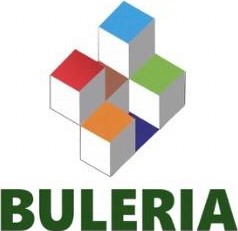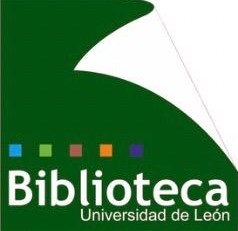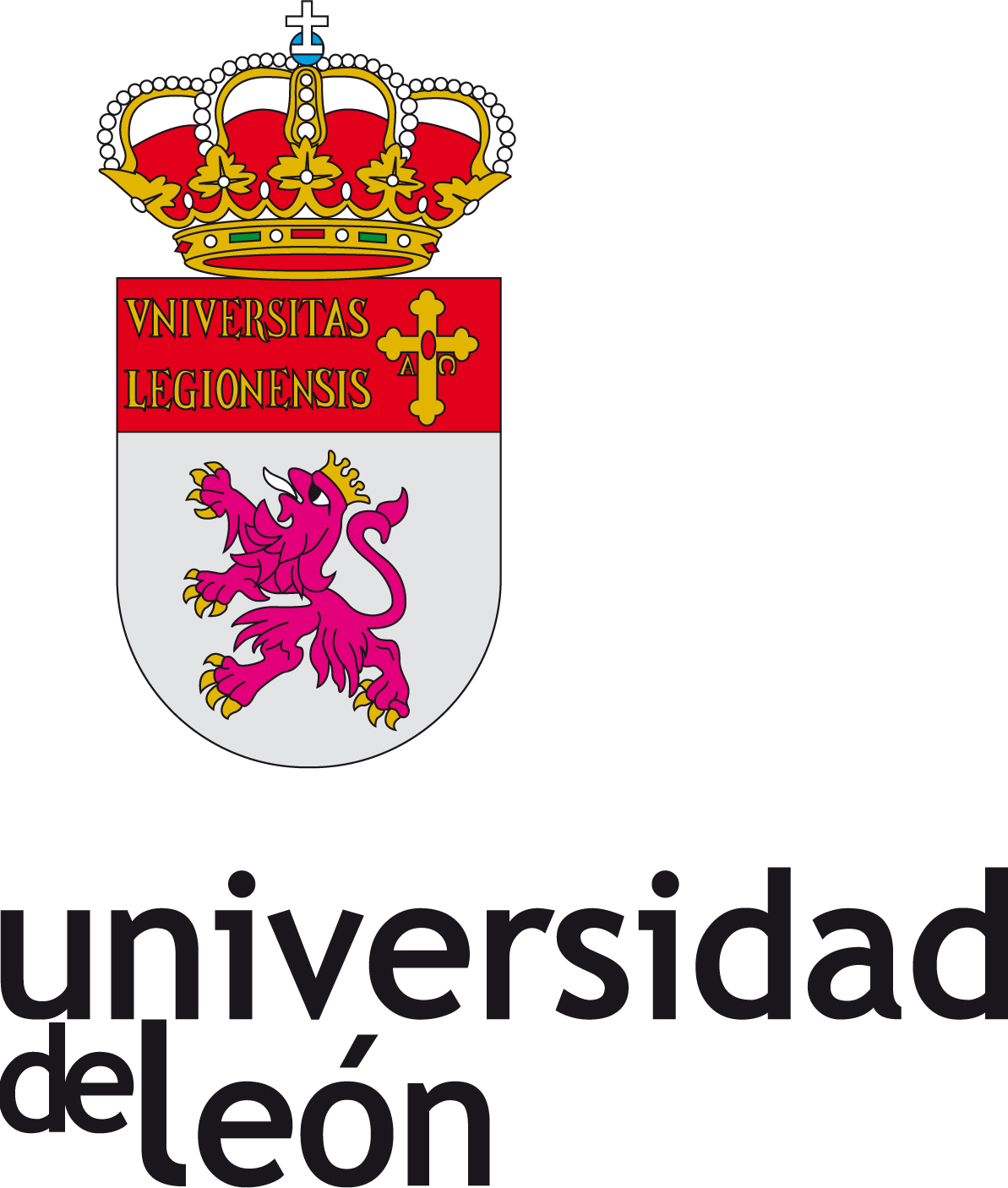Compartir
Título
Role of the Abcg2 Transporter in Secretion into Milk of the Anthelmintic Clorsulon: Interaction with Ivermectin
Autor
Facultad/Centro
Área de conocimiento
Título de la revista
Antimicrobial Agents and Chemotherapy
Número de la revista
5
Cita Bibliográfica
Blanco-Paniagua, E., Álvarez-Fernández, L., Rodríguez-Alonso, A., Millán-Garcia, A., Álvarez, A. I., & Merino, G. (2023). Role of the Abcg2 transporter in secretion into milk of the anthelmintic clorsulon: Interaction with ivermectin. Antimicrobial Agents and Chemotherapy, 67(5). https://doi.org/10.1128/aac.00095-23
Editorial
American Society for Microbiology
Fecha
2023
ISSN
0066-4804
Resumen
[EN] Clorsulon is a benzenesulfonamide drug that is effective in treating helminthic zoonoses such as fascioliasis. When used in combination with the macrocyclic lactone
ivermectin, it provides high broad-spectrum antiparasitic efficacy. The safety and efficacy
of clorsulon should be studied by considering several factors such as drug-drug interactions mediated by ATP-binding cassette (ABC) transporters due to their potential effects
on the pharmacokinetics and drug secretion into milk. The aim of this work was to determine the role of ABC transporter G2 (ABCG2) in clorsulon secretion into milk and the
effect of ivermectin, a known ABCG2 inhibitor, on this process. Using in vitro transepithelial assays with cells transduced with murine Abcg2 and human ABCG2, we report that
clorsulon was transported in vitro by both transporter variants and that ivermectin inhibited its transport mediated by murine Abcg2 and human ABCG2. Wild-type and Abcg22/2
lactating female mice were used to carry out in vivo assays. The milk concentration and
the milk-to-plasma ratio were higher in wild-type mice than in Abcg22/2 mice after clorsulon administration, showing that clorsulon is actively secreted into milk by Abcg2. The
interaction of ivermectin in this process was shown after the coadministration of clorsulon
and ivermectin to wild-type and Abcg22/2 lactating female mice. Treatment with ivermectin had no effect on the plasma concentrations of clorsulon, but the milk concentrations
and milk-to-plasma ratios of clorsulon decreased in comparison to those with treatment
without ivermectin, only in wild-type animals. Consequently, the coadministration of clorsulon and ivermectin reduces clorsulon secretion into milk due to drug-drug interactions
mediated by ABCG2
Materia
Palabras clave
Peer review
SI
URI
DOI
Aparece en las colecciones
- Artículos [5503]
Ficheros en el ítem
Tamaño:
353.6
xmlui.dri2xhtml.METS-1.0.size-kilobytes
Formato:
Adobe PDF















